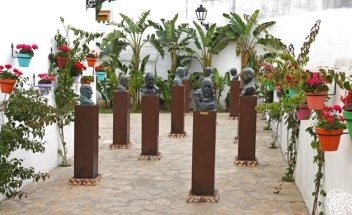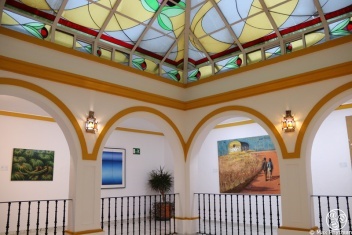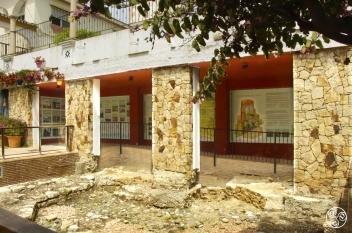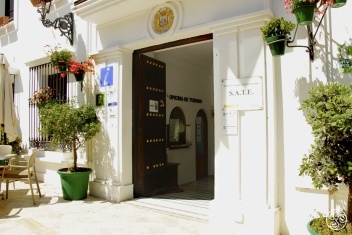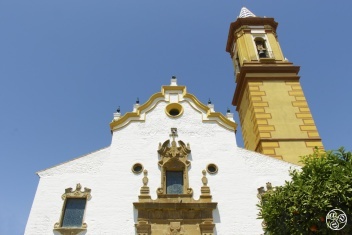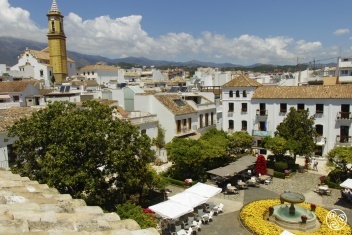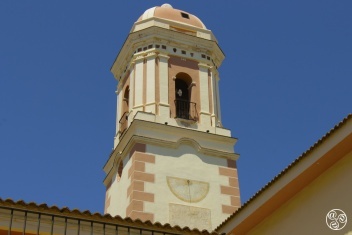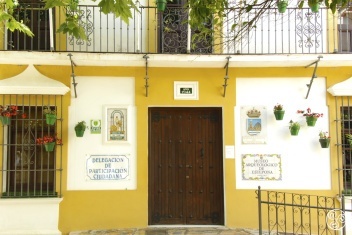Andalucian Poets' Garden in Estepona
The Paseo de los Poetas Andaluces (Andalucian Poets' Garden) is an interesting concept. The casual passer-by walking down Calle Jesús Cautivo and glancing into the garden could be forgiven for thinking they have been transported back to the Middle Ages or a Game of Thrones set where the heads of criminals are impaled on stakes. Nothing could be further from the truth.
